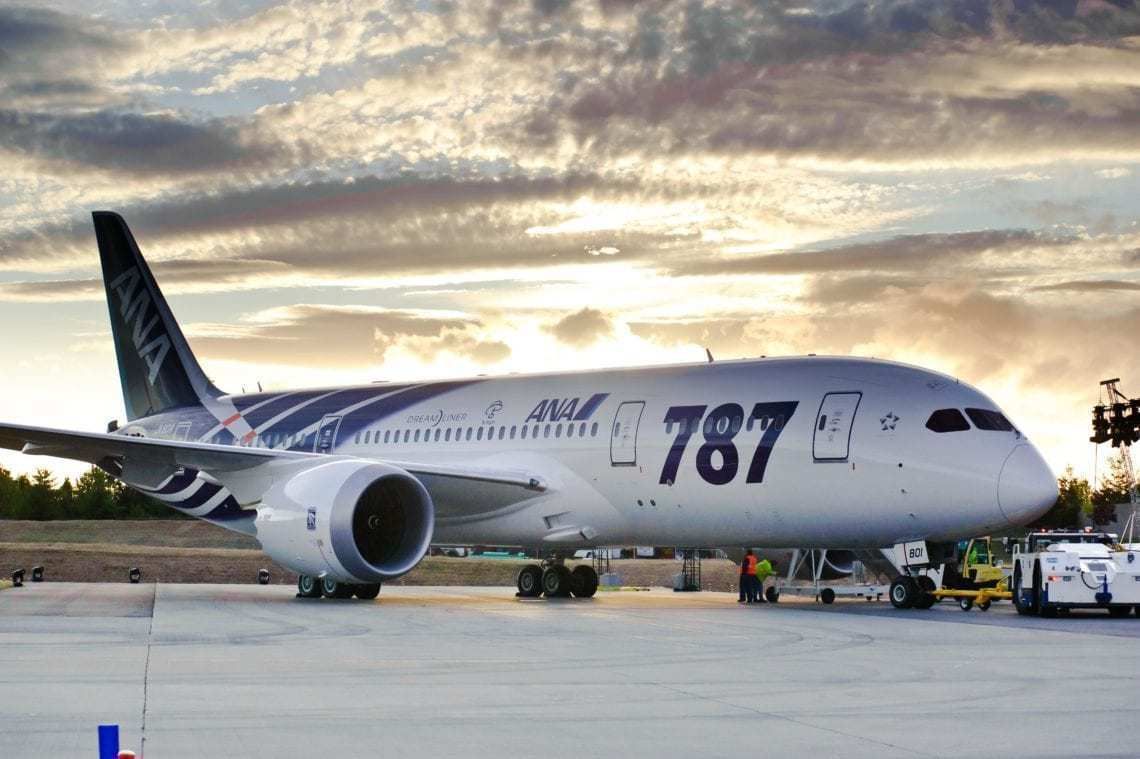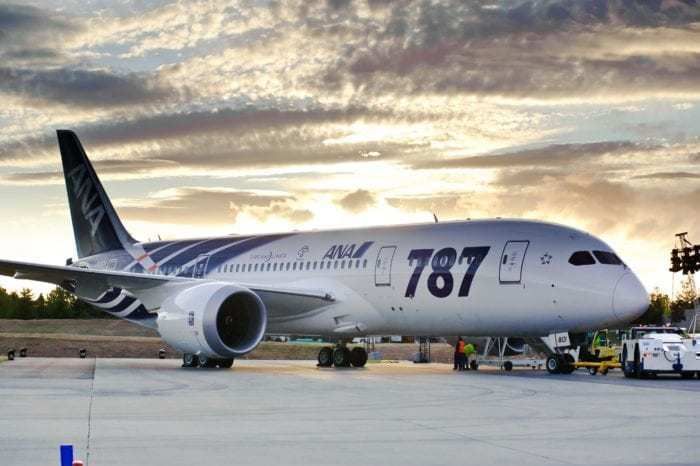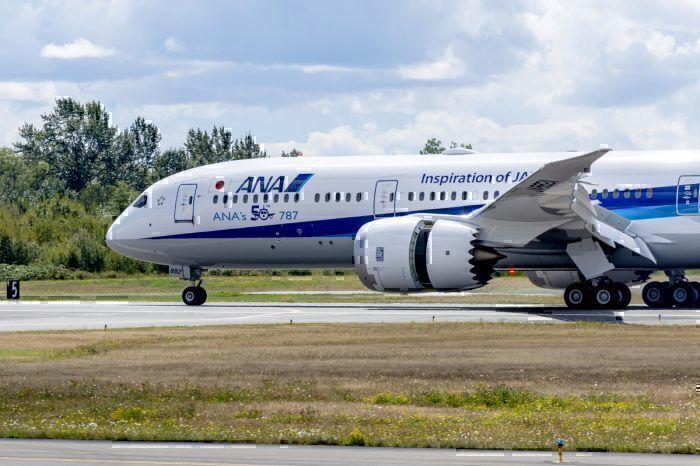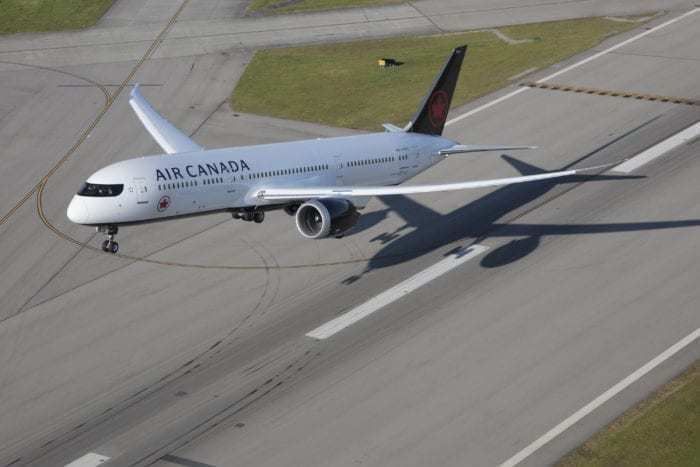The Boeing 787 has been a fantastic aircraft for airlines since its entry into service in 2011, but that date is nearly 10 years ago. When will airlines start to retire their Boeing 787 aircraft?
Why would they retire the aircraft?
A typical age for a flag carrier to retire its planes is around 10-20 years. We know that Qatar seems to take this to the extreme and attempts to refuse to have any aircraft over 10 years old (or may do so with its Airbus A380 fleet).
With the first Boeing 787 delivered back in 2011, we are only one year away from the legendary 10 year milestone when airlines might start to look at their Dreamliners and wonder, is it time to upgrade?
To discover who might be planning on retiring the first Boeing 787, you only need to look at who has the oldest fleet of aircraft.
Who has the oldest Boeing 787s?
ANA was the first airline to receive a Dreamliner, taking on board a Boeing 787-8 back in October 2011.
ANA does have on order the Boeing 777X, but this is not really suitable for the routes that their Boeing 787s are performing.
Following them, we have a Boeing 787 that is owned by the Mexican Air Force, the one that they are trying to sell as a luxury VIP 787.
Another is from Japan Airlines, who have moved their oldest Boeing 787s away from the flag carrier and into a new airline called ZIPAIR (a low-cost-carrier).
Air India has a fleet of older Boeing 787s, but are still actively using them and lack the funds to renew their fleet at this stage.
Have any Boeing 787s been grounded?
Perhaps a more interesting question is beyond whether or not a Boeing 787 has been officially retired, but rather have any been stored?
According to Airfleets.net, there are 27 Boeing 787s that are currently in storage. These aircraft might be put away for financial reasons from an airline, having upgrades fitted out to their cabin, engine issues (such as the Trent 1000 engine issue) or old test aircraft at Boeing.
Whilst some of these may end up being restored to service (and maybe just waiting for a part to get flying again), others by their purpose will never leave the Boeing testing facility. Are these considered retired? Or does the fact that they never flew passenger service imply that they are not considered as being active in the first place?
I'll close off this topic with the answer to a slightly different question; how many Boeing 787s have been scrapped?
In the Airfleets list, there is a single Boeing 787 that has been scrapped. Tail number N787FT only flew for four years from 2010 to 2014 before entering storage as a test aircraft for Boeing. From here, it was scrapped by the company as it was not suitable to be sold for passenger service.
What do you think? When will the first Boeing 787 be retired? Let us know in the comments.




